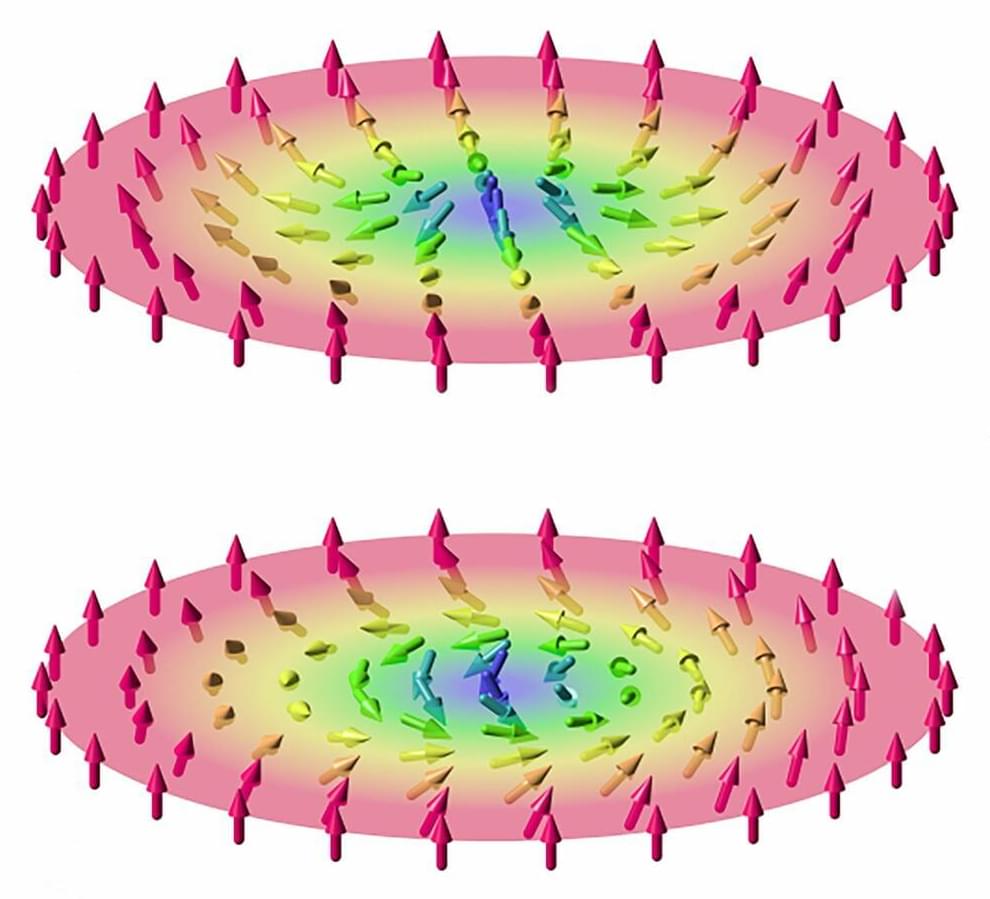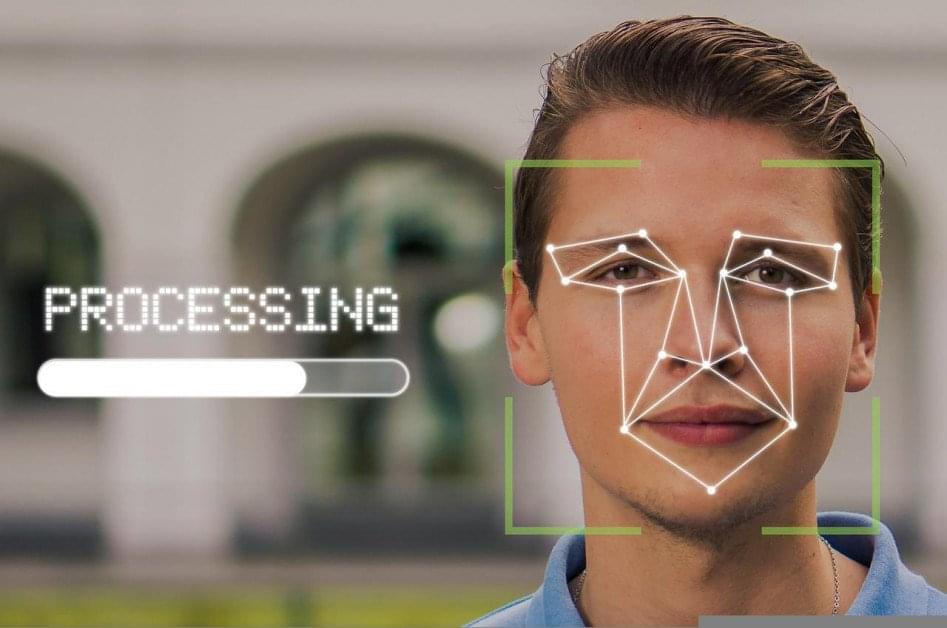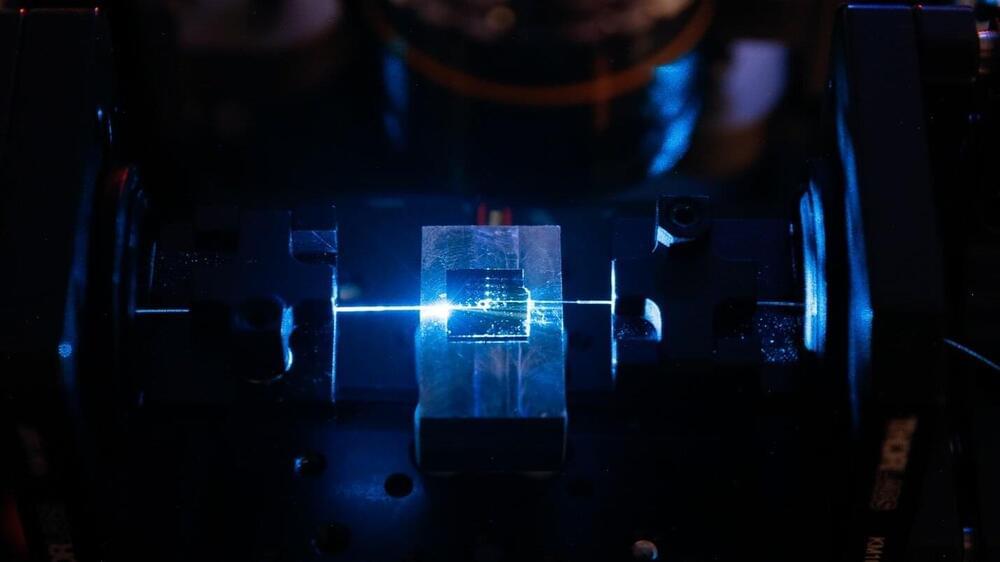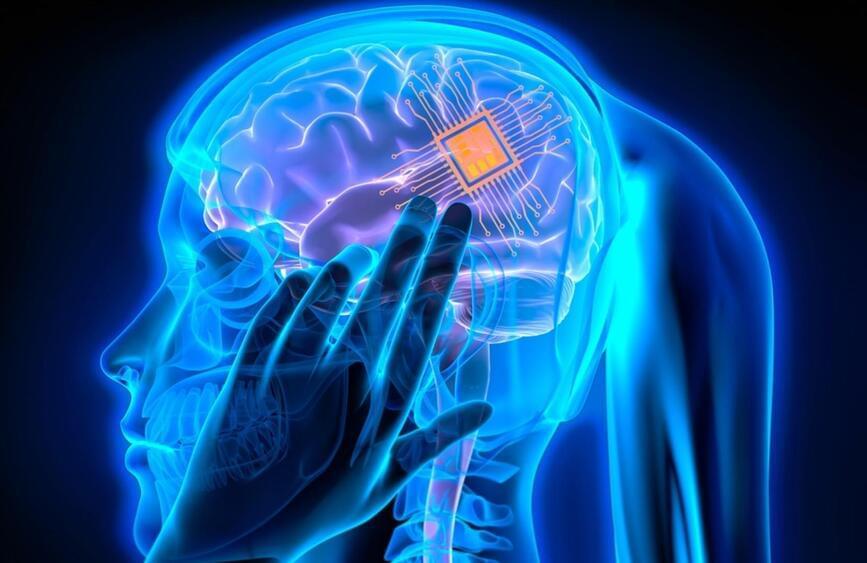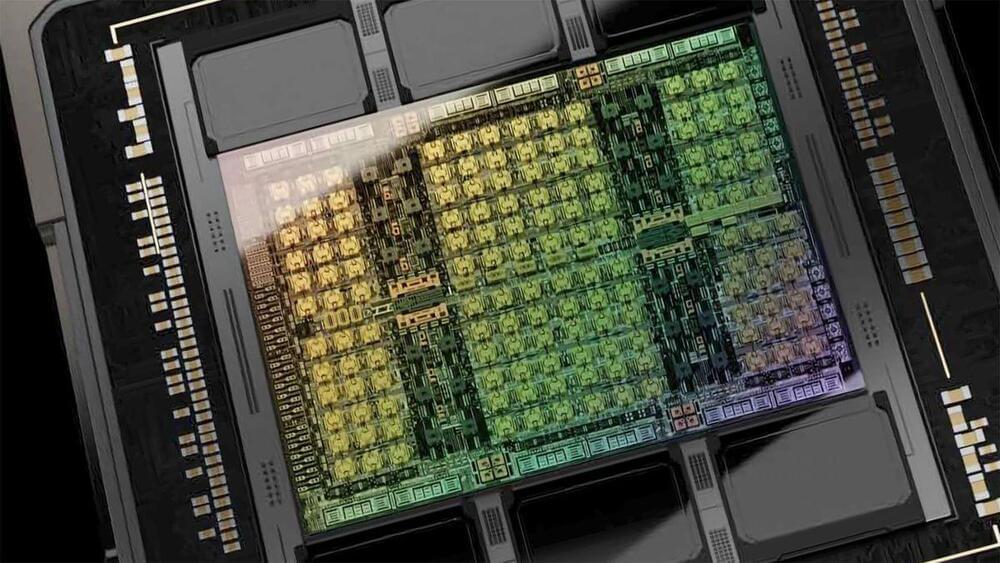Scientists at the National Institute of Standards and Technology (NIST) with colleagues elsewhere have employed neutron imaging and a reconstruction algorithm to reveal for the first time the 3D shapes and dynamics of very small tornado-like atomic magnetic arrangements in bulk materials.
These collective atomic arrangements, called skyrmions—if fully characterized and understood—could be used to process and store information in a densely packed form that uses several orders of magnitude less energy than is typical now.
The conventional, semiconductor-based method of processing information in binary form (on or off, 0 or 1) employs electrical charge states that must be constantly refreshed by current which encounters resistance as it passes through transistors and connectors. That’s the main reason that computers get hot.
